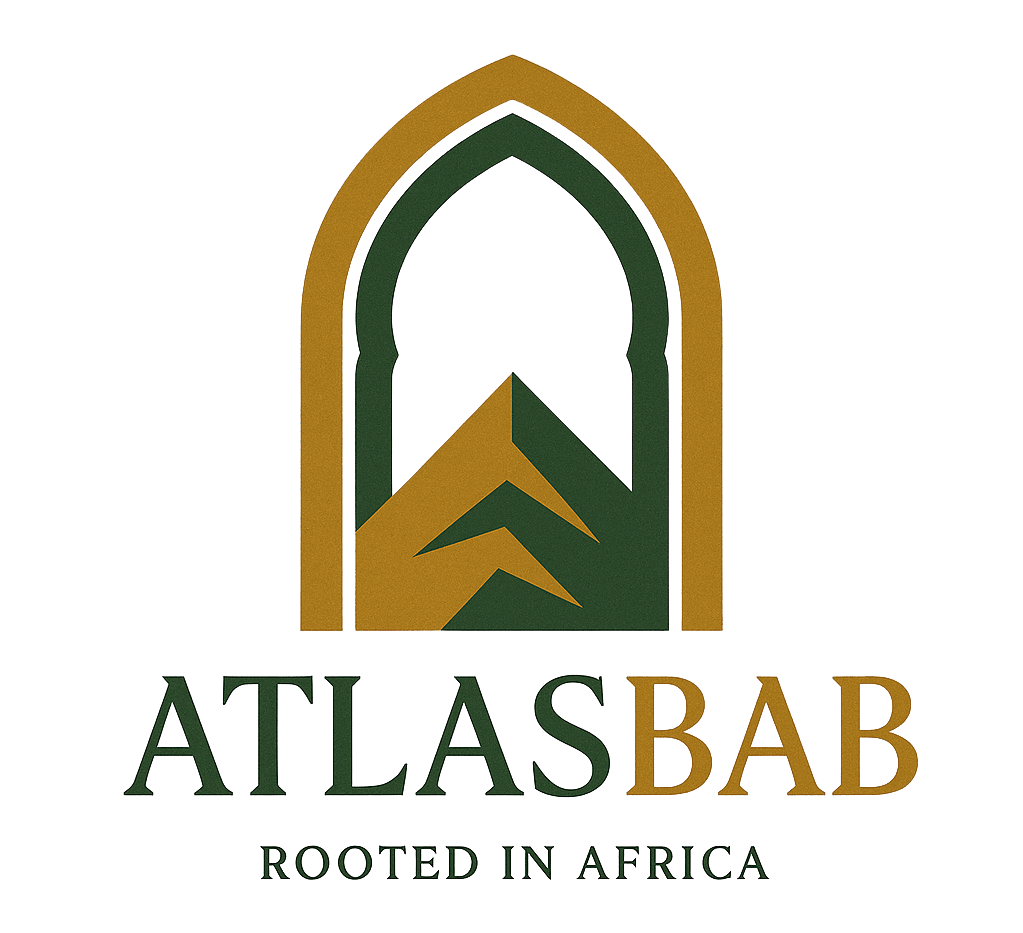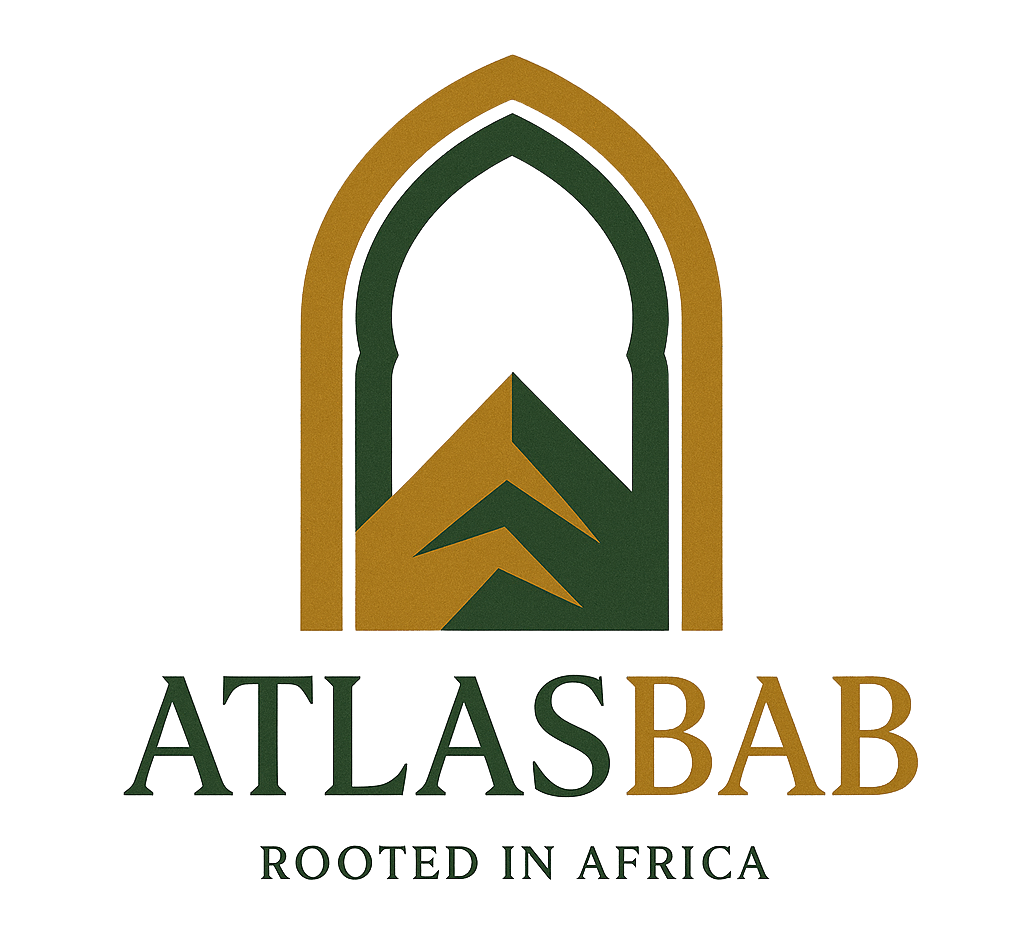In the heart of Morocco’s land, where towering peaks meet lush valleys and fertile plains, the annual harvest festivals stand as a testament to the country’s deep agricultural roots and rich cultural heritage. Celebrated by Morocco’s tribes, these festivals honor the fruits of the land, pay tribute to the harvest, and strengthen the bond between the people and the natural world.
The Berber tribes celebrate the harvest season with festivals that are filled with vibrant rituals, music, dancing, and community feasts. These festivals are not only a celebration of the year’s agricultural success but also a reflection of the spiritual and social practices that have sustained these communities for generations.
In this post, we’ll explore the harvest festivals of Morocco’s tribes, delving into their significance, customs, and the deep cultural connections that tie these communities to the land.
The Amazigh Connection to the Land
From the High Atlas through the Middle Atlas and into the Anti-Atlas, Amazigh communities tend terraced plots of cereals and pulses alongside small orchards of olives, figs, almonds, and, at higher elevations, apples and pomegranates. Each harvest demands precise timing and collective effort: families and neighbors unite to reap grain before autumn rains, pick olives in late fall, and gather dates as winter approaches. This interdependence with the land transforms each harvest into a communal rite of gratitude—honoring ancestral knowledge, invoking blessings for the fields ahead, and celebrating resilience in rugged terrain.
Imilchil Marriage & Harvest Festival (High Atlas)
Each late August or early September, the remote High Atlas town of Imilchil comes alive for the Moussem d’Imilchil, a three-day fair that weaves together matrimonial customs with harvest thanksgiving. In addition to matchmaking under the watchful eye of tribal elders, villagers and visitors share communal feasts of tagine and couscous made with freshly harvested produce. Reed-flute melodies mingle with the rhythmic steps of the ahidous circle dance, and prayers at the mausoleum of Sidi Hmad Mghani seek blessings for fertile fields and good rains in the year to come.
Sefrou Cherry Festival (Middle Atlas Foothills)
Every June, the town of Sefrou bursts into bloom for its Cherry Festival, one of Morocco’s oldest fruit-harvest moussem. Over three days, parade floats heaped with glossy red cherries wind through streets lined with white-blossomed orchards while a locally crowned “Cherry Queen” presides over folk-music concerts and group cherry-picking excursions. The fair celebrates both rural heritage and modern festivity, inviting visitors to taste the season’s first cherries beneath a canopy of spring petals.
Rose Festival of Kelâat M’Gouna (Valley of the Roses)
In early May, Kelâat M’Gouna hosts the three-day Rose Festival to honor the Damask rose harvest. Endless fields of fragrant roses yield petals for distillation into precious rose water, and locals demonstrate artisanal still-making techniques. Colorful parades feature costumed dancers and sword-fighters tossing pink blossoms, while the crowning of a Rose Queen—accompanied by Berber drums and ululation—underscores the flower’s deep cultural and economic importance to the region.
Taliouine Saffron Festival (Anti-Atlas)
Late October into early November, Taliouine—the “saffron capital” of Morocco—hosts the International Saffron Festival. Farmers display baskets of vivid purple crocus flowers and lead workshops on sustainable cultivation and processing practices. Chefs and artisans showcase saffron-infused dishes and handicrafts, celebrating the “red gold” that brings the desert foothills to life with its color, flavor, and shared expertise.
Olive Harvest Celebrations & Meknès Olive Festival (Atlas Foothills)
From October through December, olive groves across the Atlas foothills yield their fruit, and village communities hand-pick olives to press in traditional stone mills. Families share the first cold-pressed oil over festive meals, reinforcing neighborly bonds. In the imperial city of Meknès, the International Olive Festival elevates this tradition into a grand fair each November, featuring guided farm tours, tastings of premium oils, culinary workshops, and folkloric performances that salute the olive tree’s central role in Moroccan life.
Imouzzer des Ida-Outanane Honey Festival (Western High Atlas)
Each May, Imouzzer des Ida-Outanane celebrates the Honey Festival, honoring the valley’s beekeeping heritage. Visitors sample multi-varietal mountain honeys and tour traditional apiaries set against dramatic gorges. Cultural performances and communal picnics by Asif Tamraght’s natural pools weave eco-tourism into the festivities, showcasing the simple sweetness of honey and the collective care that sustains it.
Tafraoute Almond Blossom Festival (Anti-Atlas)
In the second week of February, Tafraoute’s almond orchards burst into white-pink bloom for the Almond Blossom Festival. Under flowering branches, artisans sell almond-based pastries and local crafts, while musicians and dancers perform Berber repertoire that heralds spring’s promise. Guided walks through the groves offer respite from winter’s chill and celebrate nature’s first stirrings.
Erfoud Date Festival (Draa Valley)
During the third week of October, Erfoud—the gateway to the Sahara—hosts the International Date Festival, a celebration of the Draa Valley’s prized Deglet Nour and Boufeggous dates. Farmers display their harvest in shaded oasis squares, while Gnawa musicians summon desert rhythms and camel processions wind among palm trees. Prayers of thanks to Allah and demonstrations of traditional palm-leaf crafts honor the date palm’s vital role in desert survival.
Whether beneath cherry blossoms in Sefrou, among rose-strewn streets in Kelâat M’Gouna, or within saffron-tinged fields of Taliouine, Morocco’s harvest festivals illuminate the enduring bond between people and the land. Each celebration reminds us that every kernel of grain, drop of oil, and petal of flower carries the labor of hands joined in solidarity—and the timeless spirit of Amazigh hospitality.


